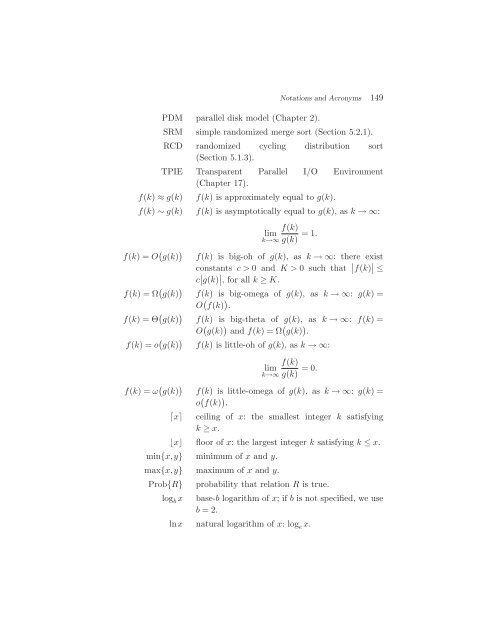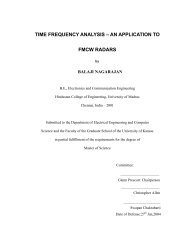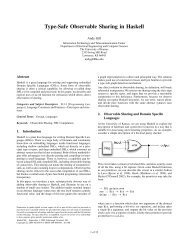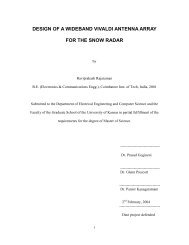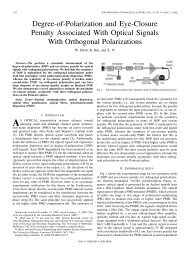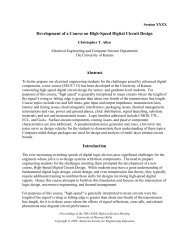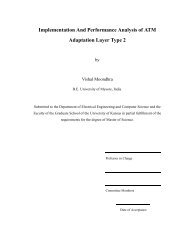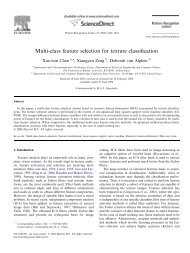Algorithms and Data Structures for External Memory
Algorithms and Data Structures for External Memory
Algorithms and Data Structures for External Memory
You also want an ePaper? Increase the reach of your titles
YUMPU automatically turns print PDFs into web optimized ePapers that Google loves.
Notations <strong>and</strong> Acronyms 149<br />
PDM parallel disk model (Chapter 2).<br />
SRM simple r<strong>and</strong>omized merge sort (Section 5.2.1).<br />
RCD r<strong>and</strong>omized<br />
(Section 5.1.3).<br />
cycling distribution sort<br />
TPIE Transparent<br />
(Chapter 17).<br />
Parallel I/O Environment<br />
f(k) ≈ g(k) f(k) is approximately equal to g(k).<br />
f(k) ∼ g(k) f(k) is asymptotically equal to g(k), as k →∞:<br />
f(k)<br />
lim<br />
k→∞ g(k) =1.<br />
f(k)=O � g(k) �<br />
f(k) is big-oh of g(k), as k →∞: there exist<br />
constants c>0 <strong>and</strong> K>0 such that � �<br />
�f(k) � ≤<br />
c � f(k)=Ω<br />
�<br />
�g(k) �, <strong>for</strong> all k ≥ K.<br />
� g(k) �<br />
f(k) is big-omega of g(k), as k →∞: g(k) =<br />
O � f(k) � f(k)=Θ<br />
.<br />
� g(k) �<br />
f(k) is big-theta of g(k), as k →∞: f(k) =<br />
O � g(k) � <strong>and</strong> f(k) =Ω � g(k) � f(k)=o<br />
.<br />
� g(k) �<br />
f(k) is little-oh of g(k), as k →∞:<br />
f(k)<br />
lim<br />
k→∞ g(k) =0.<br />
f(k)=ω � g(k) �<br />
f(k) is little-omega of g(k), as k →∞: g(k) =<br />
o � f(k) � .<br />
⌈x⌉ ceiling of x: the smallest integer k satisfying<br />
k ≥ x.<br />
⌊x⌋ floor of x: the largest integer k satisfying k ≤ x.<br />
min{x,y} minimum of x <strong>and</strong> y.<br />
max{x,y} maximum of x <strong>and</strong> y.<br />
Prob{R} probability that relation R is true.<br />
logb x base-b logarithm of x; ifbis not specified, we use<br />
b =2.<br />
lnx natural logarithm of x: loge x.


